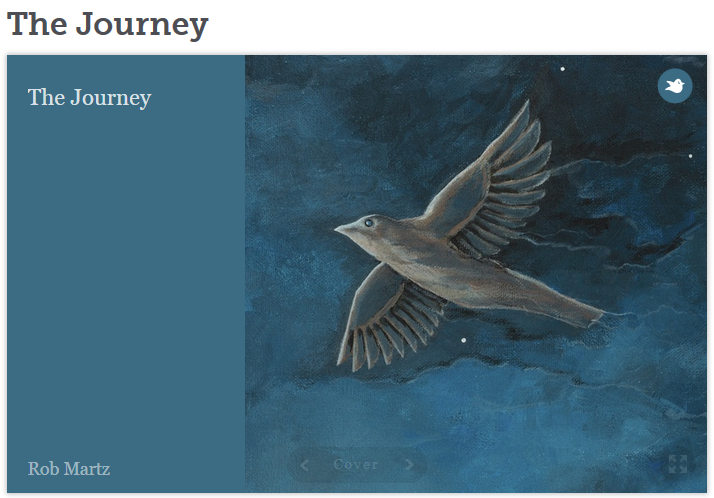When I started the Creative Writing & Technology module of my second semester in the MA in DTLT with the University of Nottingham, I was intrigued and also a little concerned about the whole idea of creativity and the idea that creativity is a synonym of freedom. With this in mind I struggled a little to understand how it was possible to be creative and still have some boundaries which seems to be contradictory. I soon reliased that being creative or a creative writer requires 'technique' and this provides the 'loose' parameters which, IMHO, allow the writer-to-be to become aware of the fact that bad creative writing is easy but good creative writing is as complex as trying to define creativity (WritersTreasure.com2015).
We started with a series of reallly interesting exercises which aims at raising our awareness of the different techniques amognst them we had to write a short piece of fiction. My initial story can be seen here. Please note the Entry 7 of my blog which has a link to the Storybird version of it, now shows the updated and final version of my story, which is also available here. Anyhow, I'm writing today to share my final draft and also to reflect a little on 'my journey'.
When posed with the question of what to write about I thought it would be a nice idea to write about how much my dog meant to me and to write about our relationship via a fictional story. The idea really caught me and so I started the process which was long but not tortuous! I must admit that understanding - and please see I am not using the word 'mastering' Point of View (PoV) was a real challenge. I know, some poeple get it straightaway and some don't, I'm fine with that. What really mattered to me was to be able to get it in the end. Now, as you read my story you may still think I still don't get it so it's ok, it's a process after all isn't it? I think that in my third draft - which obvisouly implies possibly a fourth one - I have managed to aligne PoV compared to the first draft where it was all over the place and managed to confuse my readers.The concepts of Plot, Character, Scene and the idea that a good writer doesn't tell but shows were friendlier to me. Time of course has been one of my major constraints in getting more done as being a student and having a full time job plus a few other part time ones does not help, so if you're planning on getting another MA while being employed, make sure you have only one job!
Anyways, one of the things I like best about this whole process is that initially I thought it was going to be so easy and then I realised in the making that creative writing is a craft and as such you need to write and write and write more and read and read and read more to 'see' these techniques - theory alone does not work, not for me so I'm grateful to Veronica, my tutor, for her patience :-). And even if I still feel that I haven't got there yet, it is my journey and I'm happy with how it's going.
References
Writer's Treasure. Creative Writing 101. 2015. [online] Last accessed 17 April 2015 at:
http://www.writerstreasure.com/creative-writing-101/
